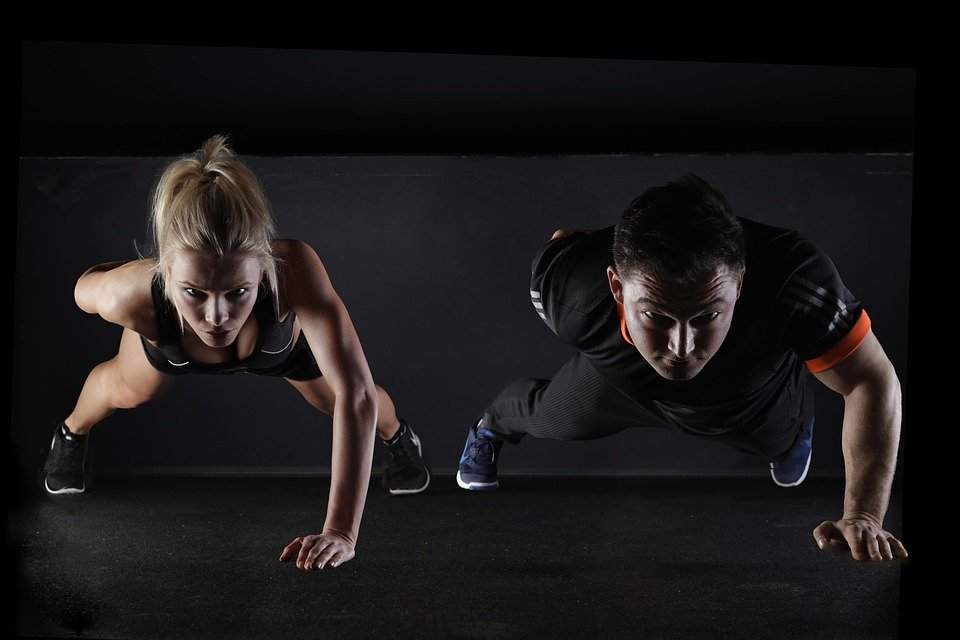[ad_1]
Recovery is just as crucial as training for athletes. Whether you’re a professional competitor or a weekend warrior, how you recover determines your performance, injury risk, and long-term success. From traditional ice baths to modern foam rolling techniques, athletes have numerous tools to enhance recovery. This article explores the most effective recovery strategies to help you bounce back faster and stronger.
1. Cold Therapy (Ice Baths & Cryotherapy)
How it works:
Cold therapy reduces inflammation and muscle soreness by constricting blood vessels and slowing metabolic activity.
Methods:
- Ice Baths (Cold Water Immersion): Submerging in 10–15°C (50–59°F) water for 10–15 minutes.
- Cryotherapy: Exposing the body to extremely cold air (-110°C to -140°C) for 2–3 minutes.
Best for: Post-intense workouts, reducing delayed onset muscle soreness (DOMS).
2. Heat Therapy (Saunas & Hot Baths)
How it works:
Heat increases blood flow, relaxes muscles, and promotes healing.
Methods:
- Saunas: 15–20 minutes in dry or infrared heat.
- Hot Baths: Epsom salt baths (10–20 minutes) to reduce muscle tension.
Best for: Relaxation, improving circulation, and pre-workout warm-ups.
3. Foam Rolling & Self-Myofascial Release
How it works:
Foam rolling breaks up muscle knots (adhesions) and improves flexibility.
Techniques:
- Roll slowly over tight areas (quads, hamstrings, calves, back).
- Pause on tender spots for 20–30 seconds.
Best for: Pre- and post-workout mobility, reducing stiffness.
4. Compression Therapy
How it works:
Compression garments enhance blood flow and reduce swelling.
Methods:
- Compression Sleeves/Socks: Worn during or after exercise.
- Pneumatic Compression Devices: Inflatable sleeves that massage limbs.
Best for: Recovery between workouts, reducing muscle fatigue.
5. Active Recovery (Light Exercise)
How it works:
Low-intensity movement promotes circulation without stressing muscles.
Activities:
- Walking, swimming, cycling (30–60% max effort).
- Yoga or dynamic stretching.
Best for: Rest days, maintaining mobility.
6. Hydration & Nutrition
Key Components:
- Electrolytes: Sodium, potassium, magnesium (prevents cramps).
- Protein: Repairs muscle tissue (20–40g post-workout).
- Anti-inflammatory Foods: Turmeric, tart cherry juice, omega-3s.
Best for: Accelerating muscle repair and reducing soreness.
7. Sleep & Rest
Why it matters:
Growth hormone (GH) peaks during deep sleep, aiding muscle recovery.
Tips:
- Aim for 7–9 hours of quality sleep.
- Use blackout curtains and limit screen time before bed.
Best for: Long-term recovery and performance.
Conclusion
The best recovery strategy depends on your training intensity, sport, and personal preference. Combining multiple methods—such as foam rolling, cold therapy, and proper nutrition—can maximize recovery. Listen to your body, experiment with different techniques, and prioritize rest to stay at the top of your game.
What’s your go-to recovery method? Share in the comments!
[ad_2]






